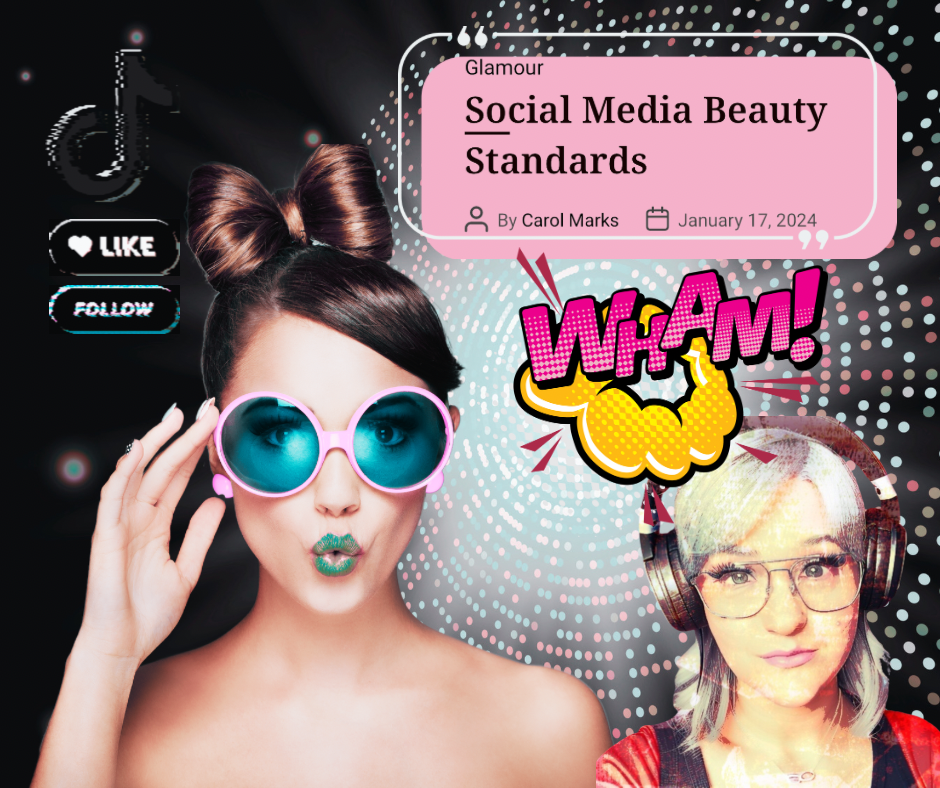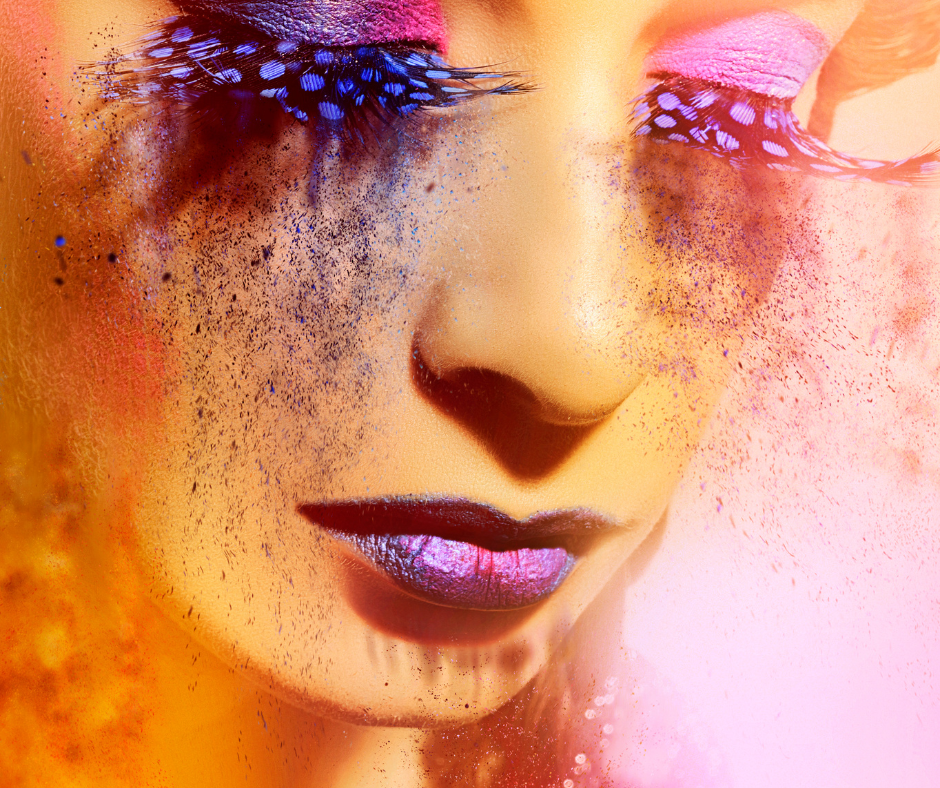Social Media Beauty Standards
I’ve been around for 57 years now, and in my day, glossy magazines held our attention regarding beauty and what was trending. Now though? It’s all about social media apps, which give access to many people. So instead of seeing the elite supermodels on the pages of print glossies such as Cindy Crawford, Elle McPherson, Iman, or Brook Shields, we now watch a whole new slew of strangers called influencers telling us what is beautiful.
Since I am 57, I feel like I have escaped that pressure. Thankfully.
At first, Instagram was in the spotlight for misleading images due to filters and perhaps making young women feel bad about themselves because they cannot recreate the filtered look in real life. So, if Instagram wasn’t bad enough……
Enter TikTok.
The rise of TikTok’s canthal tilt trend and its impact on beauty standards https://t.co/mpI0OWHrgZ #TikTok
— MM+M Magazine (@MMMnews) January 16, 2024
Canthal Tilt? Looksmaxxing? Bone Smashing? Oh my!

It’s no secret that the platform is particularly obsessed with aesthetics and maximizing one’s level of attractiveness by making changes to the face and body — hence the looksmaxxing term.
Now, a recent trend on TikTok related to the canthal tilt has taken off, spurring an increase in plastic surgery and triggering some backlash over its link to body dysmorphia. – MMM-Online.com
Admittedly, I do follow some trends. After all, I am a woman who might be 57 but still likes to try to look decent. Plus, it’s just plain old fun and sometimes a creative outlet. I don’t go all hog wild with some of this new stuff, but there are some modern-day beauty technologies I might try.
It’s not just young women these days. Guys are also being duped into looking better with some shit called looksmaxxing. Back in my day, we called it primping. These kids these days are not inventing anything new. They create new words for the same old crap that has been happening for centuries.
But sometimes, the trend is hilarious. 🤣
I wonder why these wig makers haven’t created a style like the JellyFish. HA! Probably because they want to make money, not lose it.
No, thank you. My question is, how do these real people who start these trends get it to look so good on themselves, but when their “followers” try it, it just looks ridiculous?
It reminds me of the food influencers or the food stylists hired by major companies to prepare their food for cameras. Nowadays, they simply use AI-generated photos to trick you into fantasyland.
And maybe 30 years from now, we’ll see a blog post written by one of these young hipster doofuses who would be in their 50s by then, telling us how not to believe whatever trend is happening in 2054. Hopefully, this blog post will still be on the World Wide Web for others to eventually read.
Feature Image: Made in Canva Pro


